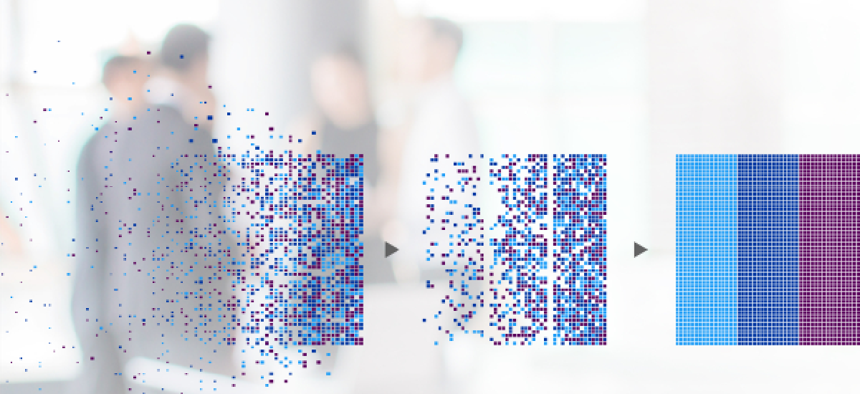Making sense of human data


Connecting state and local government leaders
To get a better understanding of its patients’ health care needs, the Department of Veterans Affairs is turning to software that can help extract meaning from unstructured data.
To get a better understanding of its patients’ health care needs, the Department of Veterans Affairs is turning to software that can help extract meaning from "human data."
Human data is often non-numerical, or unstructured -- focus group feedback, survey responses, social media posts, online comments, handwritten letters and phone calls, for example -- meaning, most big data analysis software can’t handle it. QSR International’s NVivo software works in tandem with big data to maximize understanding of both structured and unstructured data, which makes up 90 percent of data.
After the VA collects human data about a particular veteran’s care, NVivo’s qualitative data analysis software lets researchers analyze responses they’re getting from the veteran community, particularly regarding clinical experiences.
“Our software is really allowing the VA to start to organize the responses that they’re getting -- not only from veterans themselves, but starting to look at how that veteran experiences is being fed back through the doctors that they’re seeing and the nurses that are treating them,” said CEO of QSR International Chris Astle. It enables the researchers to formulate recommendations for individual or population improvements, he said.
The software helps users derive insight from the data they’ve already collected -- whether from patient experience or interviews and surveys.
The Department of Health and Human Services also uses NVivo software to analyze human data agencywide; users include the Centers for Disease Control and Prevention and major health providers such as teaching and general hospitals and interstate health care providers.
NVivo is available in five versions of varying functionality and capability, including options for use with PCs or Apple Macs.
The software is designed to fit into agencies’ current environment. The company has relationships survey application vendors Qualtrics and SurveyMonkey that allow users to pull results from those platforms. The software also can extract information from other programs such as Microsoft Excel and IBM SPSS Statistics, in addition to PDF documents, photographs, videos and more.
It pools all of that data in one place and runs its analysis on a desktop or a team server.
The NVivo Teams solution enables real-time collaboration and access controls while also creating audit trails to ensure compliance with agency, state or federal requirements.
Additionally, NVivo automatically arranges data. For instance, it can auto-code text in minutes to detect and organize themes and identify positive or negative sentiments in the data. To find additional meaning in the data, researchers can use the software to create visualizations such as word trees and clouds, charts, diagrams and geographical maps. They can also share their findings.
Over time, the software starts to identify key themes that are coming through from all the data sources. NVivo Plus takes this one step further and learns to recognize frequently-used questions. “Our software starts to learn what the user is doing,” Astle said, which speeds analysis.
It can help identify sentiment around “murky things that are already expressed,” or detect “areas of opportunity for the government to come to add value or address a need within a community,” he added.
This type of data analysis helps government agencies improve transparency and their responsiveness to agency leaders and customers.
Looking forward, Astle said he wants to accelerate system-to-system capabilities by adding more integrations, getting to a point where the software can be tailored for governments.
Editor's note: This article was changed May 28 to correct Chris Astle's title.
NEXT STORY: DHS catalogs visa overstays




